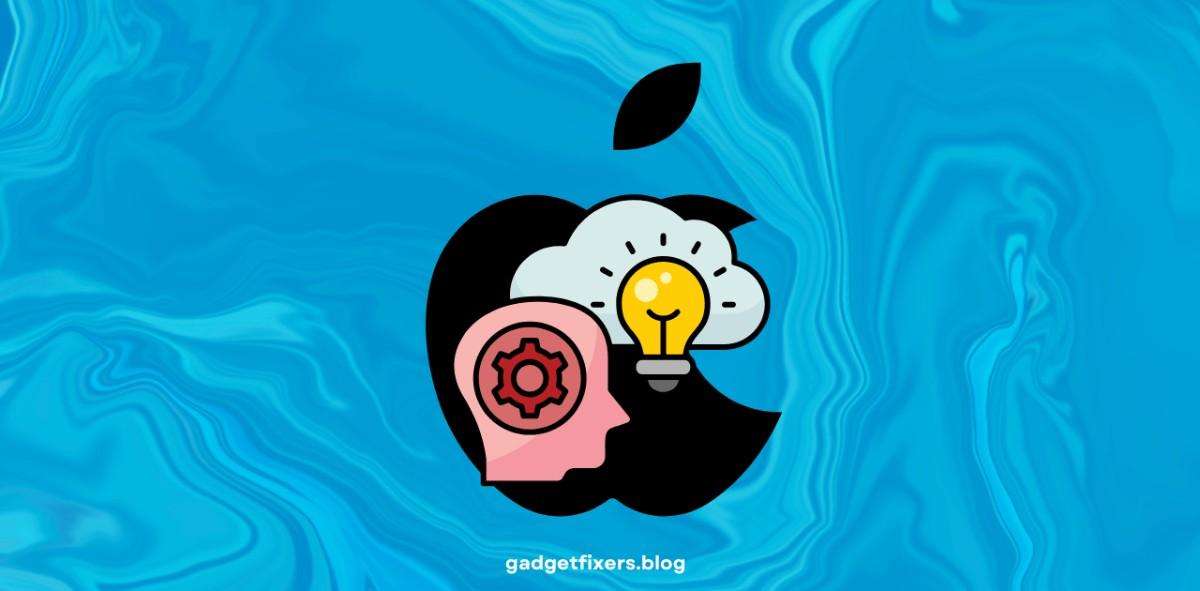Common Misconceptions About Find My iPhone
Introduction
Find My iPhone is a widely used tool for locating lost Apple devices, but it’s often misunderstood. From myths about tracking capabilities to misconceptions about security, many users aren’t fully aware of how it works. In this guide, we’ll debunk common misconceptions about Find My iPhone and set the record straight, ensuring you have accurate information to make the best use of this feature.
1. Misconception: Find My iPhone Can Track a Device Even If It’s Completely Powered Off
Truth:
If your iPhone is completely powered off, traditional tracking methods won’t work. However, with the introduction of Find My Network, Apple devices can still provide their last known location even when powered off, thanks to nearby Apple devices relaying encrypted Bluetooth signals.
Key Feature to Use:
- Find My Network: Enable this feature to improve offline tracking.
2. Misconception: You Can Track Someone’s iPhone Without Their Permission
Truth:
Apple has strict privacy protections in place. You cannot track someone’s iPhone without their consent. Location sharing through Find My is consensual, and users are notified when they are being tracked by family or friends.
Privacy Features:
- Location Sharing Notifications: Users receive alerts about shared location activity.
- Transparency: No hidden tracking options are available for personal use.
Tip: If you suspect unauthorized tracking, review location sharing settings under Settings > Privacy > Location Services.
3. Misconception: Find My iPhone Can Work Without an Apple ID
Truth:
To use Find My iPhone, you must be signed in with your Apple ID. The entire feature is tied to your Apple ID, which is used to track, lock, or erase your device remotely.
What This Means:
- No Apple ID = No Find My iPhone functionality.
- Always keep your Apple ID credentials secure to prevent unauthorized access.
4. Misconception: Activation Lock Can Be Bypassed Easily
Truth:
Activation Lock is a robust security feature that prevents unauthorized users from erasing or reactivating an Apple device without the associated Apple ID. It’s extremely difficult to bypass, and any attempts typically involve malicious tools or scams, which Apple continuously works to counter.
Benefits of Activation Lock:
- Security: Protects your device and data from thieves.
- Deterrence: Makes stolen devices less attractive for resale.
5. Misconception: Find My iPhone Drains Battery Life Significantly
Truth:
While Find My iPhone and Location Services do use power, the impact on battery life is minimal for most users. Apple has optimized the feature to work efficiently in the background without a noticeable battery drain.
Tips to Minimize Battery Usage:
- Keep iOS updated to benefit from Apple’s optimizations.
- Disable location sharing when not needed for extended periods (e.g., during travel).
6. Misconception: You Can’t Locate Devices That Are Offline
Truth:
With Find My Network, you can locate Apple devices even if they’re offline. This is made possible by leveraging nearby Apple devices to relay location information anonymously.
Feature Explanation:
- Find My Network relies on Bluetooth and other Apple devices in the vicinity.
- Enable it through Settings > [Your Name] > Find My > Find My iPhone.
Note: This works for iPhones, Macs, and some other compatible Apple devices.
7. Misconception: Lost Mode Only Locks Your Device
Truth:
Lost Mode does more than just lock your iPhone. It also tracks its location, displays a custom message with contact information on the lock screen, and suspends features like Apple Pay.
Benefits of Lost Mode:
- Keeps your data safe.
- Increases the chance of someone returning your device.
- Notifies you when your device is found.
8. Misconception: If I Erase My iPhone Remotely, It’s Gone Forever
Truth:
When you erase your iPhone remotely using the Find My app, Activation Lock remains enabled. This means your device cannot be reactivated or used by anyone else without your Apple ID credentials.
Key Considerations:
- Erase only when you’re sure you won’t recover the device.
- The device remains locked even after data deletion.
9. Misconception: Find My iPhone Works Worldwide Without Limitations
Truth:
While Find My iPhone works in many countries, certain features may be limited or unavailable in specific regions due to local regulations or network compatibility. Additionally, real-time tracking requires a reliable internet connection.
What to Know:
- Check Regional Compatibility: Some features may vary based on your location.
- Offline Limitations: Offline tracking requires nearby Apple devices for accurate location updates.
10. Misconception: Only iPhones Can Be Tracked Using Find My
Truth:
The Find My app supports locating various Apple devices, including iPads, Macs, Apple Watches, AirPods, and AirTags. It’s a comprehensive tool for all your Apple devices.
Supported Devices:
- iPhones and iPads
- Macs and Apple Watches
- AirPods and AirTags
Tip: Make sure Find My is enabled on each device you wish to track.
11. Frequently Asked Questions (FAQs)
Q: Can someone remove Activation Lock without my Apple ID?
A: No, Activation Lock requires the original Apple ID credentials.
Q: Will Find My iPhone work if I turn off Location Services?
A: Find My requires Location Services to function optimally. Disabling it may limit functionality.
Q: Is it true that Find My can track a device with pinpoint accuracy?
A: While the Find My app is precise, accuracy may vary depending on factors like network connection, device settings, and location conditions.
Conclusion
Understanding the facts about Find My iPhone ensures you can use it effectively while avoiding common misconceptions. With its robust features and security measures, Find My iPhone remains a powerful tool for protecting your Apple devices. For more guides and tips on maximizing Apple features, explore our related articles.



